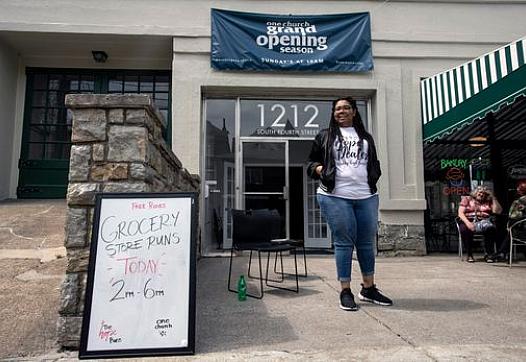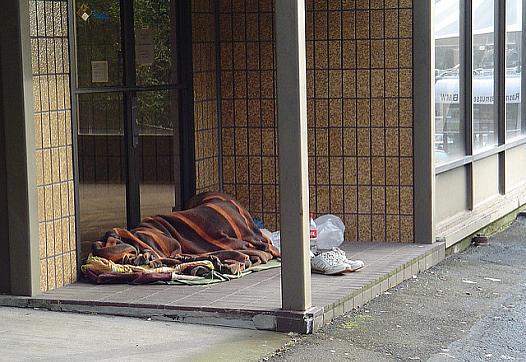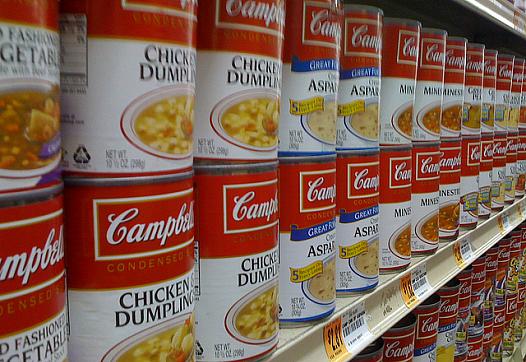
Among the questions we sought to answer: How can people help those who are homeless in the Coachella Valley? How is money being spent on homeless services in the Coachella Valley? Why did Roy’s Desert Resource Center close in Palm Springs?

Among the questions we sought to answer: How can people help those who are homeless in the Coachella Valley? How is money being spent on homeless services in the Coachella Valley? Why did Roy’s Desert Resource Center close in Palm Springs?
As more grocery stores close than open in Jefferson County, some residents say they're still disappointed that the buildings will not again provide food to their communities.

A questionnaire helped a reporter find more than a dozen Louisville residents of different neighborhoods and backgrounds who all faced similar problems.
The Courier Journal has received support from the University of Southern California's Center for Health Journalism to embark on a project about food insecurity in Louisville, with the goal of presenting solutions that fit our community....

The Hope Buss offers free rides to the grocery store for people without personal transportation.

A new reporting project will "examine the health risks to the public that can occur when society and local governments neglect or underfund initiatives to alleviate conditions where homeless populations live."

State and federal nutritional guidelines exist for public schools, but who's regulating after school programs and child care centers?

Why does one of the wealthiest countries in the world make its most vulnerable citizens choose between food or shelter?
This story was produced as part of a larger project led by Rich Lord, a participant in the USC Center for Health Journalism's 2019 Data Fellowship.
Other stories in this series include: